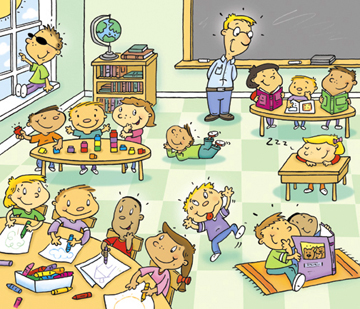- History of Learning Theories
- Learning Theories in Practice
- Behaviorism
- Humanism
- Cognitivism
- Constructivism
Humanism
A case: Teacher B (Ben)
FIgure 1 Source: http://edu5262.wikispaces.com/Wiki+in+the+Classroom
Ben is a biology teacher and tries hard to maintain a very good relationship with his students. No matter how the students behave, he will first dip into the reason why they have had such behavior and endeavors to offer assistance (if necessary). On the whole, his class is embracing in a comfortable environment. As a biology teacher, Ben does not drill the students with abstract concepts or biological terms but always seek ways to provide real life experience / hand on activities and encourages them to further explore the knowledge / discuss among themselves.
Basic assumptions of humanistic theorists (Schunk et al., 2008) are as follows:
- Humanists disagree with behaviourists who study individual responses to discrete stimuli.
- Humanists emphasize the role of individual: People act with intentionality and values.
- To understand people, researchers should not study animals but rather people who are psychologically functioning and attempting to be creative and to maximize their capabilities and potential.
- It is necessary to study the person as a whole, especially as an individual grows and develops over the lifespan
Well-known humanistic theories include those of Abraham Maslow and Carl Rogers.
- Maslows theory, which emphasizes motivation to develop ones full potential.
- Rogerss theory, which addresses both learning and instruction.
Primary Theorists
John Dewey
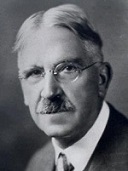
Figure 2. Source: http://www.newrepublic.com/sites/default/files/migrated/Dewey-John.jpg
Dewey called for education to be grounded in real experience. He believes that schools should NOT focus on repetitive and rote memorization. Student should be provided with opportunities to engage in real-world, practical workshops in which they would demonstrate their knowledge through creativity and collaboration.
- Educations connection with society, outside world, and real life.
- What we learn should have meaningful relevancy.
- Instruction should center around the childs experience.
David Kolb
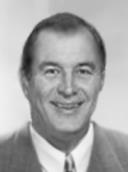
Figure 3. Source: http://web.cortland.edu/andersmd/learning/Kolb_files/image002.jpg
Kolb proposed Experiential Learning Model, which is composed of 4 elements:
- concrete experience,
- observation of and reflection on that experience,
- formation of abstract concepts based upon the reflection,
- testing the new concepts,
(repeat).
This model was developed predominantly for use with adult education, but has found widespread pedagogical implications in higher education.
Abraham Maslow
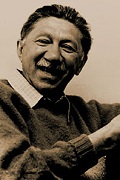
Figure 4. Source: http://fromanativeson.com/wp-content/uploads/2013/09/Abraham_maslow.png
Maslow first introduced his concept of a hierarchy of needs in his 1943 paper “A Theory of Human Motivation” and his subsequent book Motivation and Personality. He believed that human actions are unified by being directed toward goal attainment
Maslow’s Hierarchy of Needs
Definition
Maslows hierarchy of needs broke down human motivation into a hierarchy of needs, which is most often displayed as a pyramid. The lowest levels of the pyramid are made up of the most basic needs, while the more complex needs are located at the top of the pyramid.
- Needs at the bottom of the pyramid are basic physical requirements including the need for food, water, sleep and warmth.
- Once these lower-level needs have been met, people can move on to the needs for safety and security, which
- out of danger, involving environmental security especially during emergencies
- saving money, securing a job, and taking out an insurance policy
- Once physiological and safety needs are adequately met, belongingness (love) needs become important.
- having intimate relationships with others,
- belonging to groups
- having close friends and acquaintances
- Further up the pyramid, the need for personal esteem and feelings of accomplishment take priority. These needs manifest themselves in
- high achievement
- independence
- competent work
- recognition from others
- Maslow emphasized the importance of self-actualization,
- a process of growing and developing as a person to achieve individual potential
- the need to become everything that one is capable of becoming.
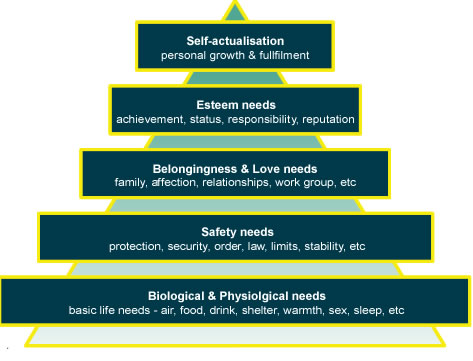
Figure 5. Maslow Hierarchy of Needs
Source: http://cibu.edu/wp-content/uploads/maslow_hierarchy_of_needs2.jpg
Basic Assumptions and Principles
The five sets of basic goals, briefly physiological, safety, love, ‘esteem, and self-actualization, are related to each other and arranged in a hierarchy of prepotency.
- The appearance of one need usually rests on the prior satisfaction of another ‘higher’ need
- When a need is fairly well satisfied, the next prepotent need emerges, in turn to serve as the center of organization of behavior
Classroom Implication and Teaching Strategies
Focus is placed on developing students self-esteem and feeling of worth; emphasis on teacher-student relationships and students feeling comfortable. While it is helpful to have a safe environment, this theory does not provide learning mechanisms and strictly not a learning model but one that can help explain human behavior.
Resources
Key Works
- Maslow, A. H., Frager, R., & Fadiman, J. (1970). Motivation and personality(Vol. 2). New York: Harper & Row.
- Maslow, A. H. (1943). A theory of human motivation. Psychological review,50(4), 370.
Humanism is linked to instructional approaches and strategies such as:
References
- Schunk, D. H. (2012) Learning theories: An educational perspective. New York, NY, England: Macmillan Publishing Co, Inc.
